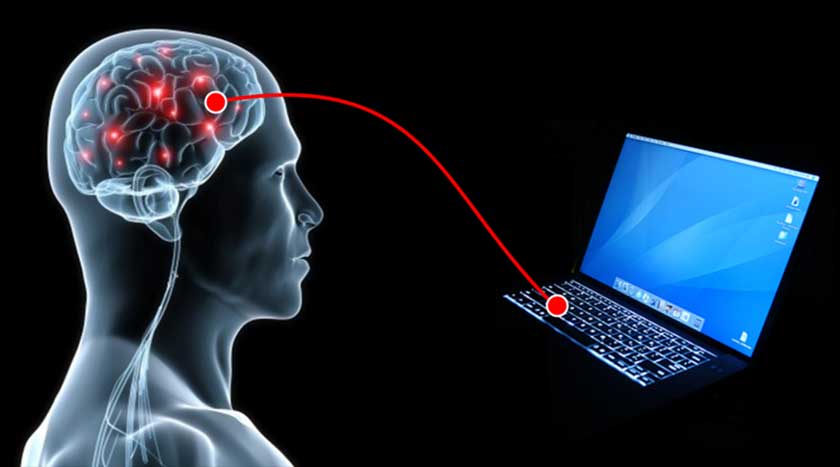Brain-Computer Interfaces in Healthcare
Brain-Computer Interfaces: Turning Thoughts Into Action
Brain-computer interfaces (BCIs) are no longer just science fiction they’re making real progress in healthcare. By capturing brain signals and translating them into actions, BCIs are helping restore mobility and communication for people with paralysis or neurodegenerative diseases. Companies like Neuralink, Paradromics, and Synchron are developing new devices that are safer, less invasive, and more powerful than older implants. Why It Matters What’s Next Aimvein Pro 3.0: Smarter Blood DrawsFinding the right vein for a blood draw isn’t always easy especially with older or dehydrated patients. That’s where the Aimvein Pro 3.0 comes in. This handheld scanner uses LED and infrared light to make veins visible up to 10 mm under the skin, helping nurses and phlebotomists succeed on the first try. With multiple color modes, lightweight design, and clear visuals, it makes the process faster, safer, and less stressful for patients. While the device is still expensive, it shows how AI-enabled imaging tools are reshaping even the most routine medical procedures
That's it for this week's edition, I hope you enjoyed it! |
Machine Learning for Medical Imaging
👉 Learn how to build AI systems for medical imaging domain by leveraging tools and techniques that I share with you! | 💡 The newsletter is read by people from: Nvidia, Baker Hughes, Harvard, NYU, Columbia University, University of Toronto and more!
Hello Reader, Welcome to another edition of PYCAD newsletter where we cover interesting topics in Machine Learning and Computer Vision applied to Medical Imaging. The goal of this newsletter is to help you stay up-to-date and learn important concepts in this amazing field! I've got some cool insights for you below ↓ How We Build Our DICOM Viewers Using Plugins One thing we focus on when building DICOM viewers is keeping every feature as a separate plugin. This gives the app a clean structure...
Hello Reader, Welcome to another edition of PYCAD newsletter where we cover interesting topics in Machine Learning and Computer Vision applied to Medical Imaging. The goal of this newsletter is to help you stay up-to-date and learn important concepts in this amazing field! I've got some cool insights for you below ↓ AI & Health Insurance Claims: Helpful Future or Hidden Risk? AI is becoming a key part of how insurance companies handle medical claims, and a recent article offered a clear...
Hi Reader, Welcome to the PYCAD newsletter, where every week you receive doses of machine learning and computer vision techniques and tools to help you learn how to build AI solutions to empower the most vulnerable members of our society, patients. Why Medical Imaging Is Moving to the Browser There’s a clear shift happening in medical imaging: more and more platforms are going web-first. And it’s not just for design reasons. When imaging tools run in the browser, doctors don’t have to install...
